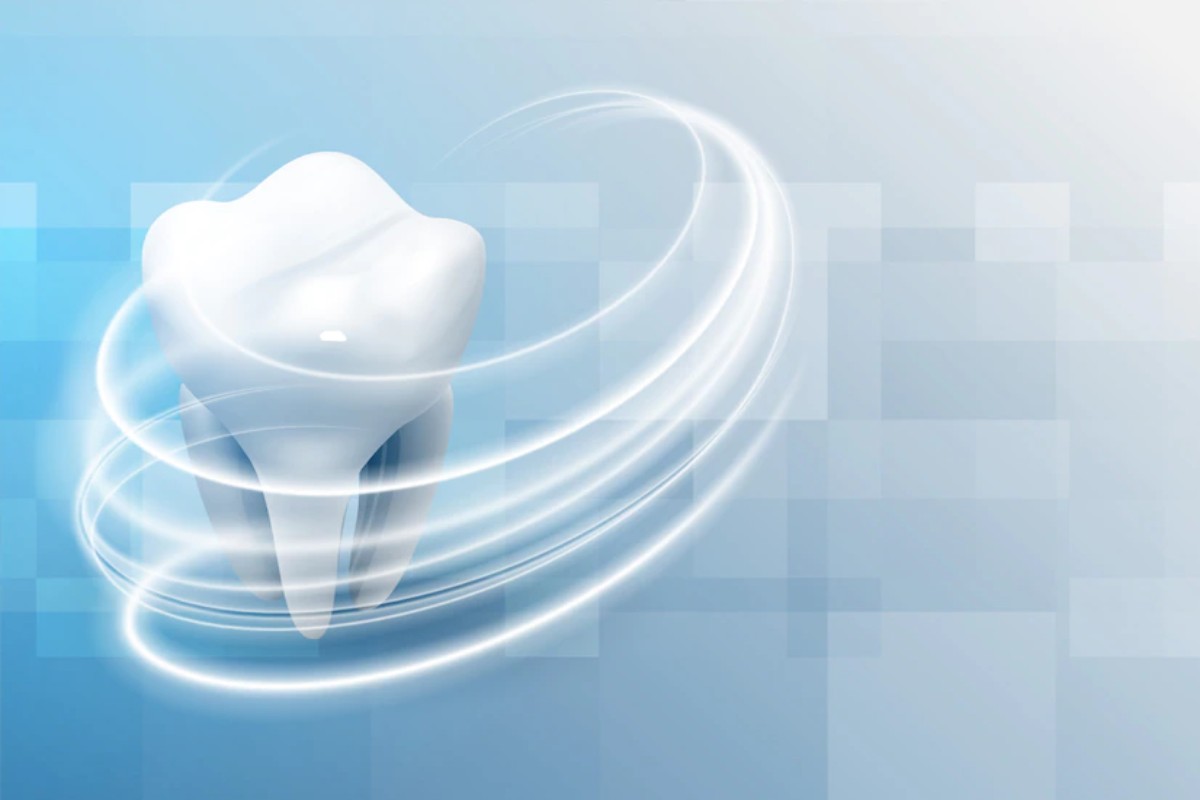Our dental structures look a bit different. Nonetheless, individuals with misaligned teeth and jaws show a more noticeable difference. The misalignment could affect only one tooth, but in other cases, the jawbone’s position is included, which affects more teeth. If you are concerned about your dental alignment, a visit to the dentist is advised, especially at an early age. At such a point, Carmichael, CA orthodontics facilitates correction without the need for surgery and other significantly invasive means, such as when braces are still a viable option.
The symptoms
Misaligned teeth and jaw may or may not show symptoms per the severity. If not serious, you may not experience any symptoms, and treatment may not be necessary unless for cosmetic reasons. When it is severe, you may experience problems touching on areas functions, including biting, chewing, breathing, and speaking.
The misaligned teeth can cause pain to your lips as they dig into them when you close your mouth. The teeth can also become wobbly and loose, increasing the risks of loss. Moreover, the gaps increase the risk of developing tooth decay, cavities, and gum disease. This is because plaque can easily build up, not just because of the gaps but also due to difficulties maintaining proper dental hygiene levels.
If the misalignment is untreated, you will continue experiencing the symptoms, and as the problem grows, jaw muscles are likely to tighten, and joints can start to hurt. This can even lead to Temporomandibular joint dysfunction (TMJ). TMJ is characterized by symptoms such as toothache, difficulty chewing, jaw joints tenderness and locking, muscle spasms, headaches or migraines, and chronic pain in areas including the mouth, face, ear, and jaw, to name a few.
Risk factors
Misaligned teeth and jaw can run in families as genes can play a role, mainly in development. The misalignment can be due to development issues touching on areas including the jawbone, teeth position, muscle tissues, tongue, cheeks, and lips. If baby teeth fall out sooner than they naturally would, misalignment chances are also high. Conditions such as enlarged adenoids, which means breathing more or only through the mouth, increase a child’s risk of misalignment. Bone disease is also a common risk factor.
Besides genes and developmental concerns, habits can also increase misalignment risk. For instance, if a child does not stop sucking on their thumb or pacifier at three years or earlier, the risk of a misaligned jaw and crooked teeth is high. Accidents that cause facial and mouth trauma also increase teeth and jawbone misalignment.
Prevention and Treatment
Avoiding destructive habits can help lower the chances of misaligned teeth ad jawbone. If you notice any signs or experience symptoms, an immediate visit to your dentist is advised. Orthodontic treatment can help correct the issues and avoid serious complications like the potential to develop cavities, decay, and gum disease. Prompt care also helps avoid the need for invasive treatments like surgery.
Misaligned teeth and jawbones are common, a prevalent problem in children and teenagers. If left untreated, it can lead to severe problems and affect their emotional well-being, considering the impact on their looks. Call or visit Gaiduchik Orthodontics today for more on teeth and jaw misalignment and corrections and the available correction measures.

